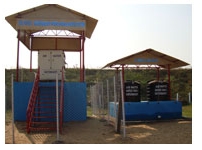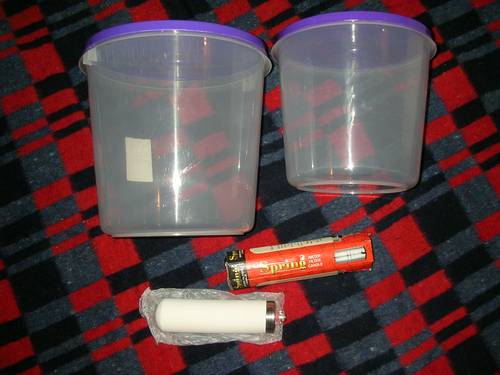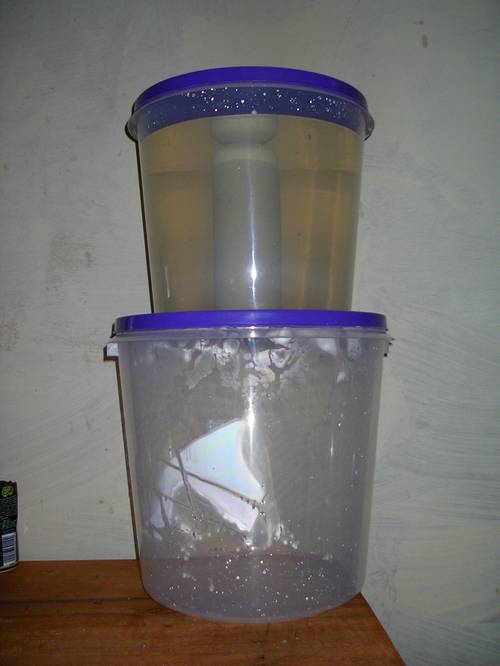If you’ve been following recent events like World Water Week or the online Transparency in the Water Sector talk, you’ve heard a lot of buzz about real time data collection. Real time data collection happens when modern technologies (mobile phones, GPS, and computer systems) are adapted for data collection, organization, and dissemination with little time delay. Such technological adaptations helps water users and managers, and as an Alertnet article states, “mobile technology boosts water security for the poor.”
Mobile phones play a big part in real time data collection. Over 6 billion people have mobile phones worldwide, and more people have mobile phones than toilets. The GPS, camera, word-processing software, and mobile network associated with some mobile phones allow water users and managers to better: map and track water and sanitation systems to evaluate current and future system development.
- Akvo FLOW is a tool for Android Phones with GPS to collect data, analyze data, and visualize data on maps. It has been used in Liberia to create water-point maps. This program was supported and funded by the World Bank. Here are the actual online maps.
- WASHFunders.org has a great toolkit for monitoring and evaluation on their website. This toolkit features – among others – FLOW and Water Aid’s Waterpoint Mapper. The Waterpoint Mapper is an open source mapping tool that can be used with no internet connection.
- Manobi Development Foundation created mWater which is a program that “allows water-service operators to share information with national authorities and financial institutions via mobile phone.” This system features text messages sent about water production levels, water system financial updates, and water service disruption warnings.
- Deep Springs International has been distributing water treatment kits in Haiti since the 2010 earthquake. They ensure water technicians are equipped with mobile phones that use radio frequency identification technology (RFID) to identify levels of chlorine in each household kit. Technicians text results back to the organization for further analysis.
- Water for People partnered with Akvo to use FLOW as a tool for monitoring and evaluation. They also just unveiled a new real-time sponsor tool called Reimagine Reporting. It links the FLOW data with the funding data.
For more information on mobile phones for real time data collection, check out mobileactive.org. There you can search directly for “water” applications and case studies. There is a great review of such technologies in the WASH sector called mWASH: Mobile Phone Applications for the Water, Sanitation, and Hygiene Sector. Happy Saturday!



















 that traverse the region make water policy a virtual
that traverse the region make water policy a virtual 
 Experimental research is underway by a team at the
Experimental research is underway by a team at the